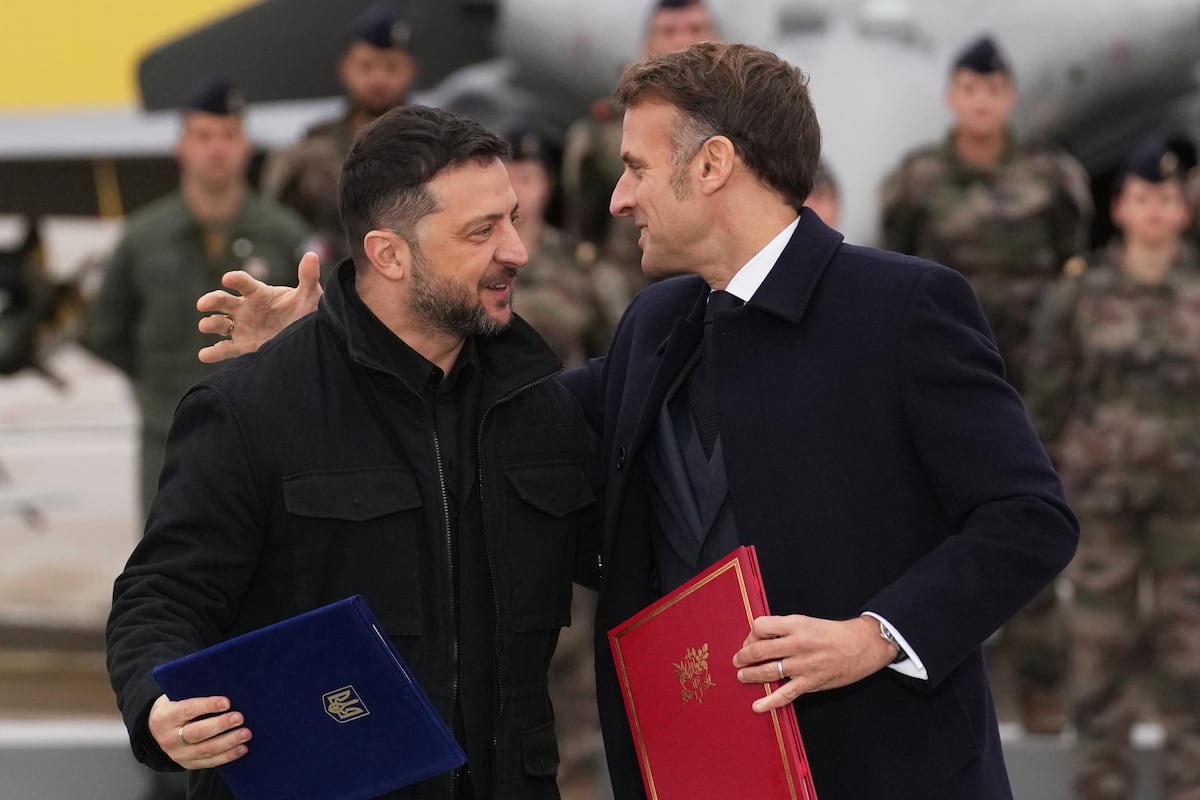Iran’s Missile Arsenal: A Challenge to Israel’s Iron Dome
Overview of Recent Hostilities
In the aftermath of a contentious 12-day conflict that concluded with a tenuous ceasefire on June 24, rising tensions between Iran, Israel, and allied Western powers have sparked intense scrutiny of military capabilities on both sides. Reports indicate that Iran’s missile arsenal played a significant role in undermining Israel’s Iron Dome defense system during this latest skirmish, as claimed by Iranian officials.
Claims from Iranian Leadership
Iranian Assertions of Strategic Success
Iranian Parliament Speaker Mohammad Baqer Qalibaf asserted that the recent hostilities represented a new threshold of firepower that the Iron Dome had never experienced. He claimed that Iranian missile strikes inflicted considerable damage on Israeli military installations and critical infrastructure.
- Qalibaf emphasized that the offensive operations dispelled the image of Israeli invulnerability, stating, “The Zionist regime, which has consistently presented its might to the world, received a decisive response.”
- The Iranian leadership framed these missile operations as a counter-response to what they describe as unprovoked Israeli aggression.
Tactical Developments
Qalibaf communicated that, during the early stages of the conflict, Iran deployed 350 drones and over 150 missiles targeting Israeli territories. This extensive assault reportedly penetrated deeply into areas controlled by Israel, suggesting both improved capabilities and strategic planning from Tehran.
Military Dynamics and Strategic Implications
Iran’s recent assertions of military success come on the heels of significant U.S. and NATO support for Israel. In their rhetoric, Iranian officials stress that their operational achievements are indicative of both Israel’s vulnerabilities and Iran’s burgeoning missile capabilities.
- The Iranian speaker warned that any future attacks on Iranian soil would be met with a robust military response, challenging the notion that Israel can sustain conflict without U.S. logistical and military support.
Escalation of Regional Tensions
The recent confrontation erupted on June 13, with Israel initiating strikes against Iranian sites, including nuclear facilities.
Key Events During the Conflict:
- June 13: Israeli airstrikes commenced, targeting nuclear infrastructure in Iran.
- June 21: The U.S. conducted unprecedented strikes on Iranian nuclear sites in Fordow, Isfahan, and Natanz.
- Casualties: Reports from Iranian authorities indicate that upward of 900 individuals were killed during the conflict, which included civilians, senior military personnel, and nuclear scientists.
The conflict ultimately culminated in a fragile ceasefire, followed by Iran’s decision on June 25 to suspend cooperation with the International Atomic Energy Agency (IAEA), further complicating diplomatic efforts.
A Broader Context of Military Engagement
The escalated military operations reflect a complex interplay of regional and international dynamics. Recent efforts by the U.S. to reestablish diplomatic negotiations over Iran’s nuclear program faced significant setbacks, particularly given the recent conflict.
As this ongoing saga unfolds, the geopolitical landscape becomes increasingly fraught with potential ramifications for both regional and global security.
In light of these developments, observers and analysts must remain vigilant in monitoring the evolving capabilities and strategies employed by both Iran and Israel, as well as the broader implications for stability in the Middle East. The effective balance of power will hinge on military advancements and the responses of state and non-state actors, shaping the future landscape of confrontations in the region.





